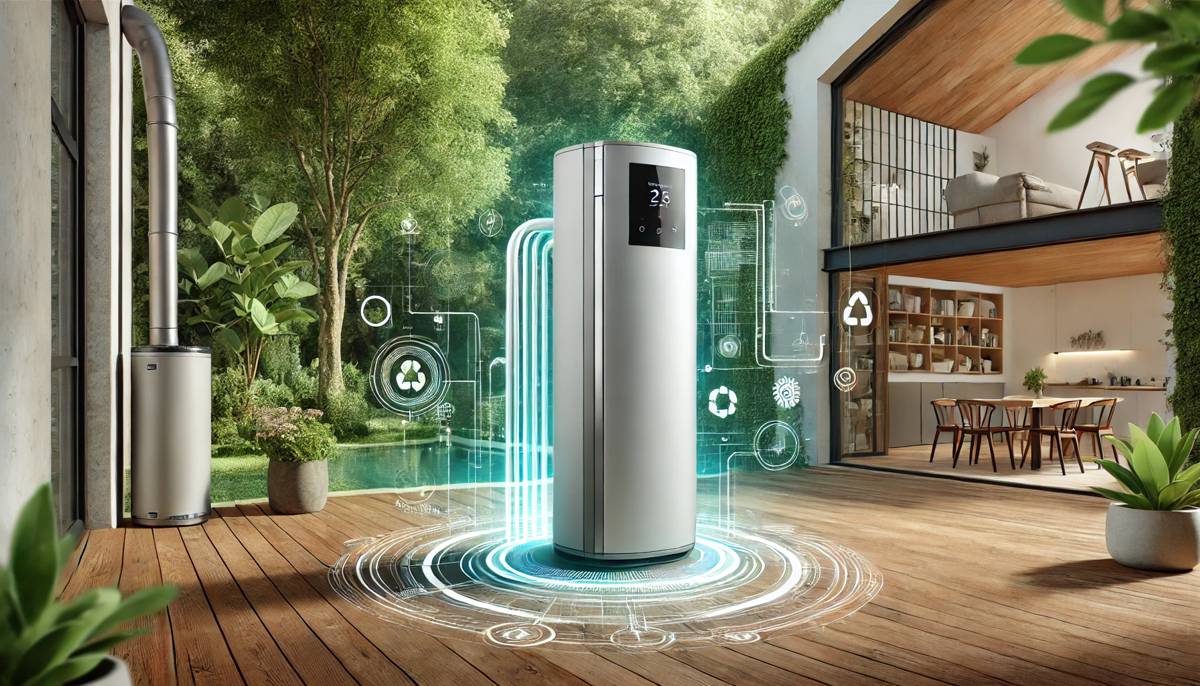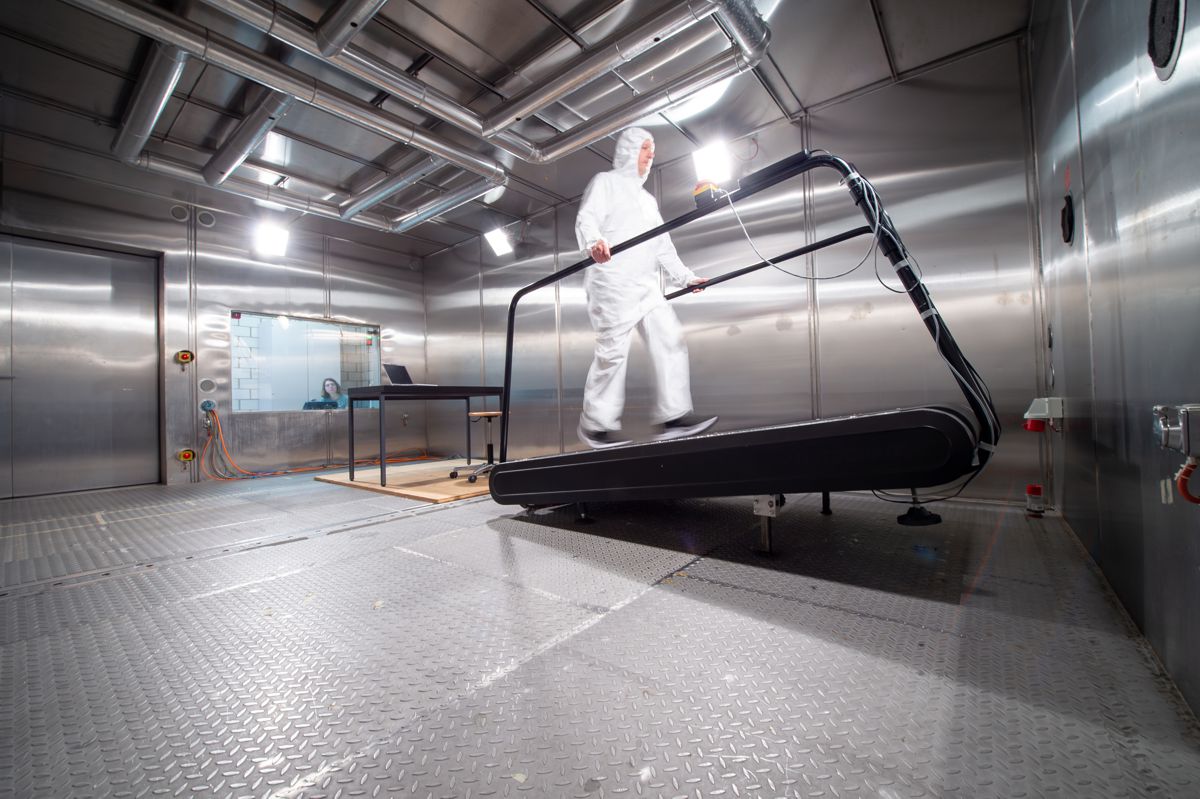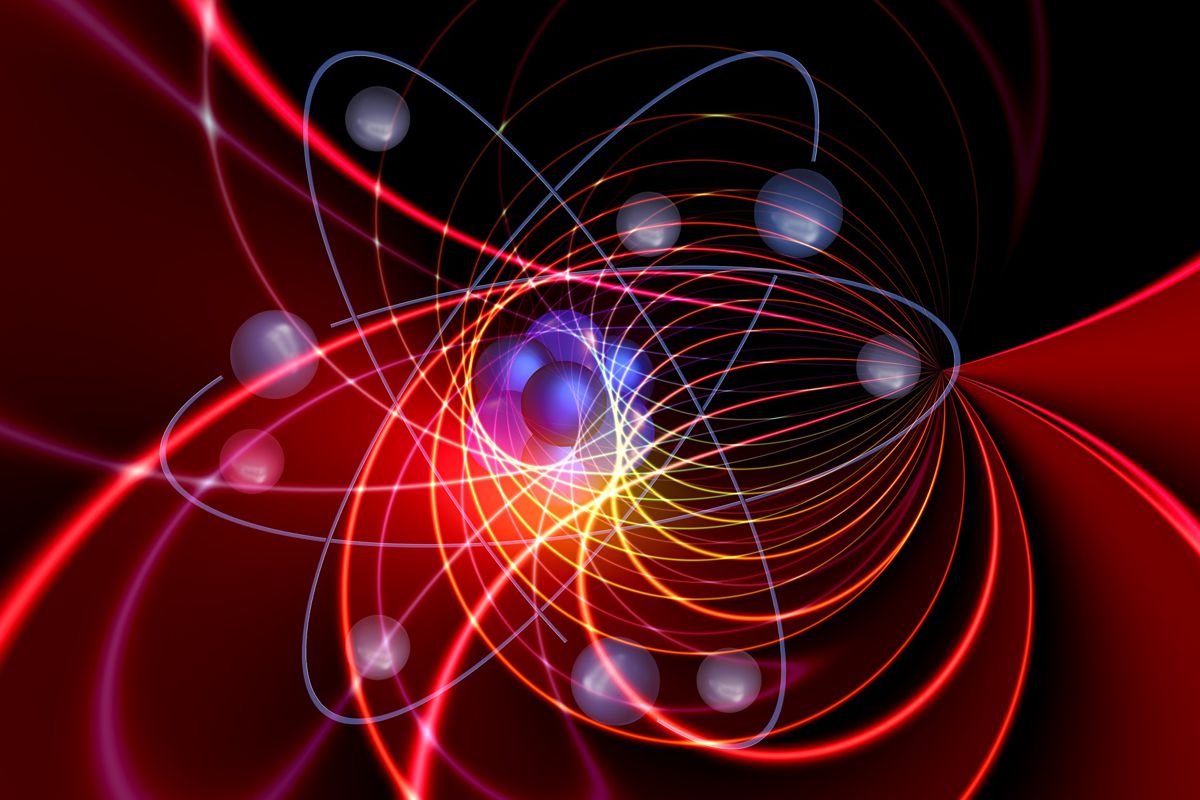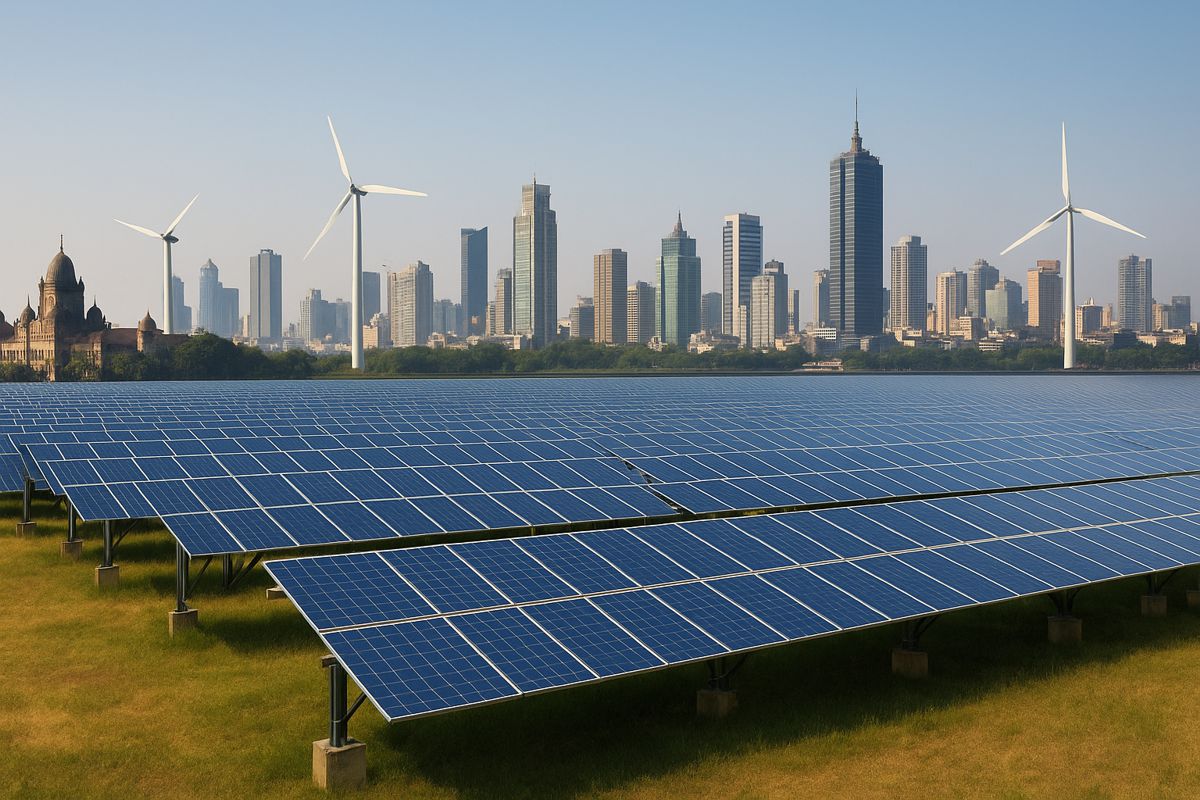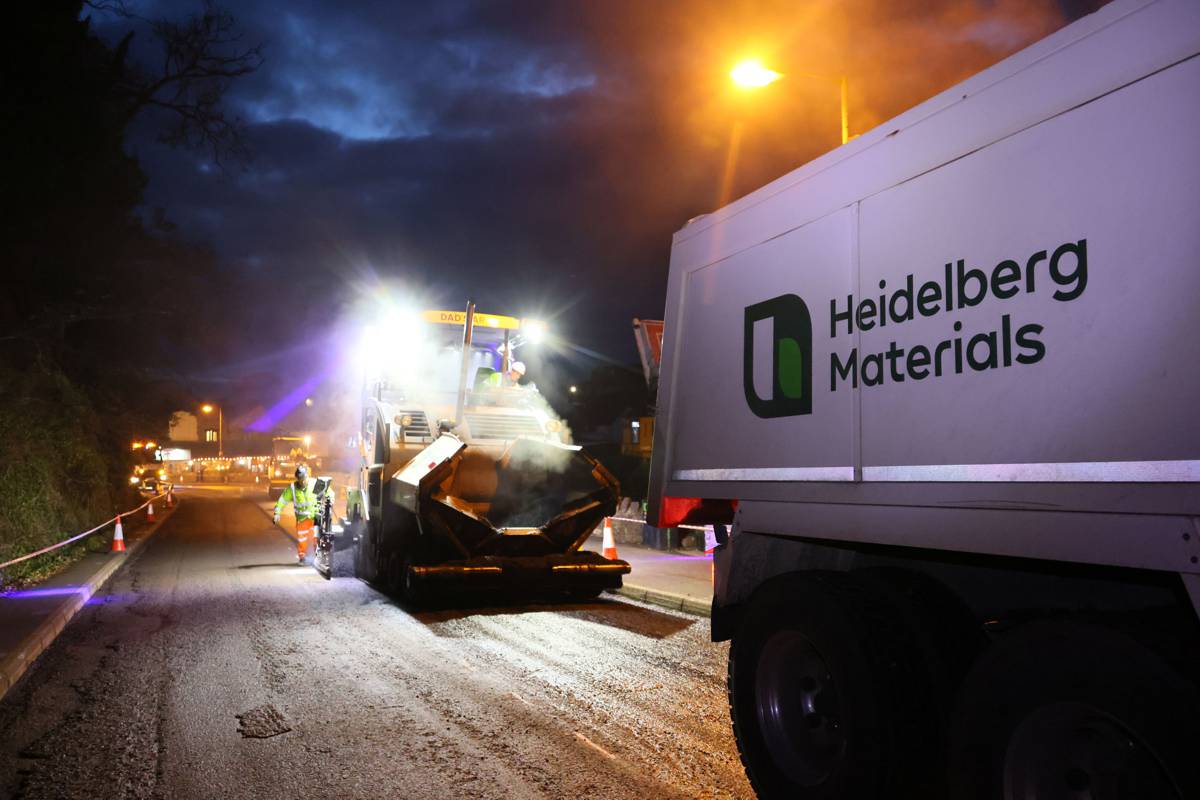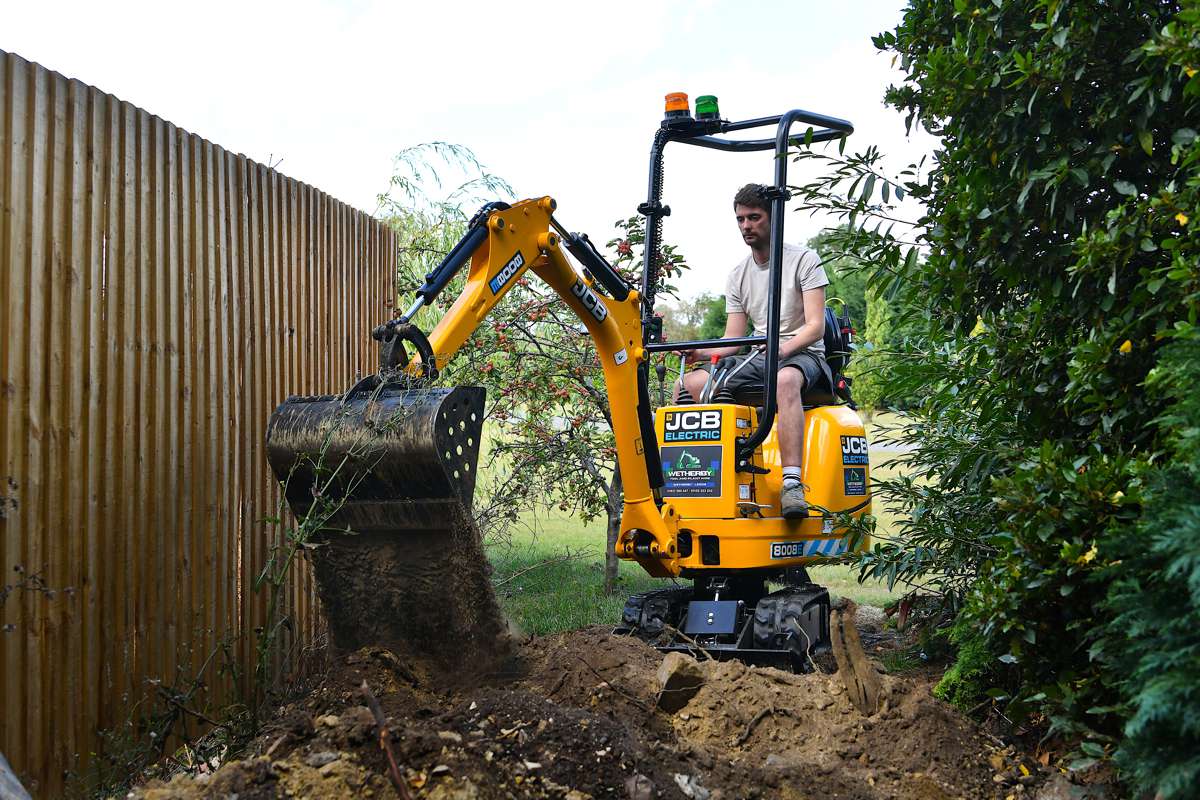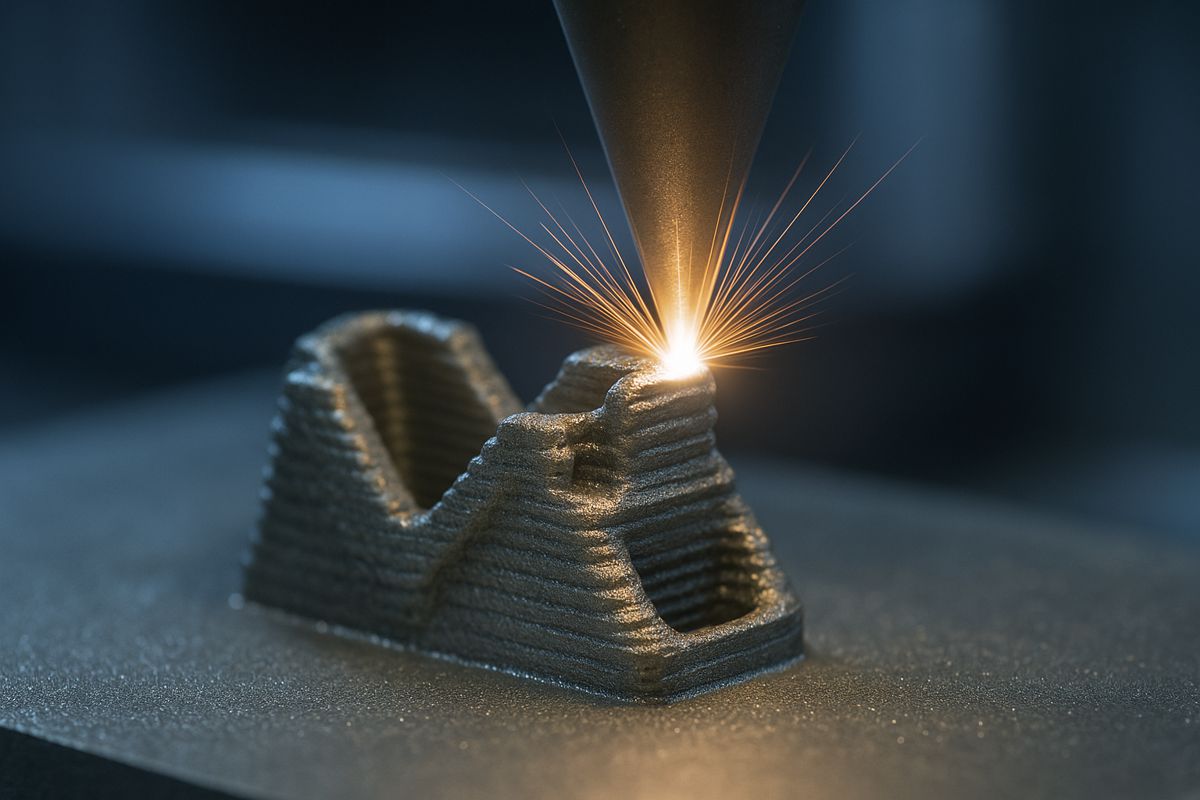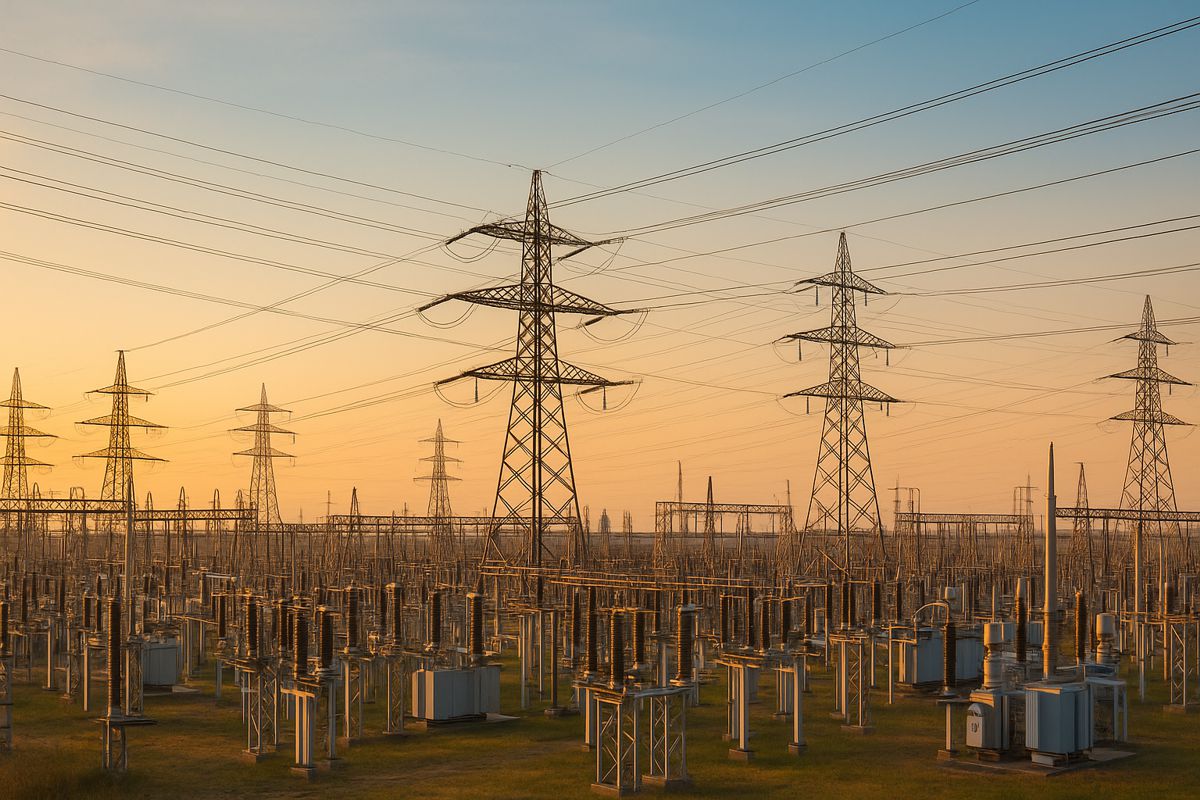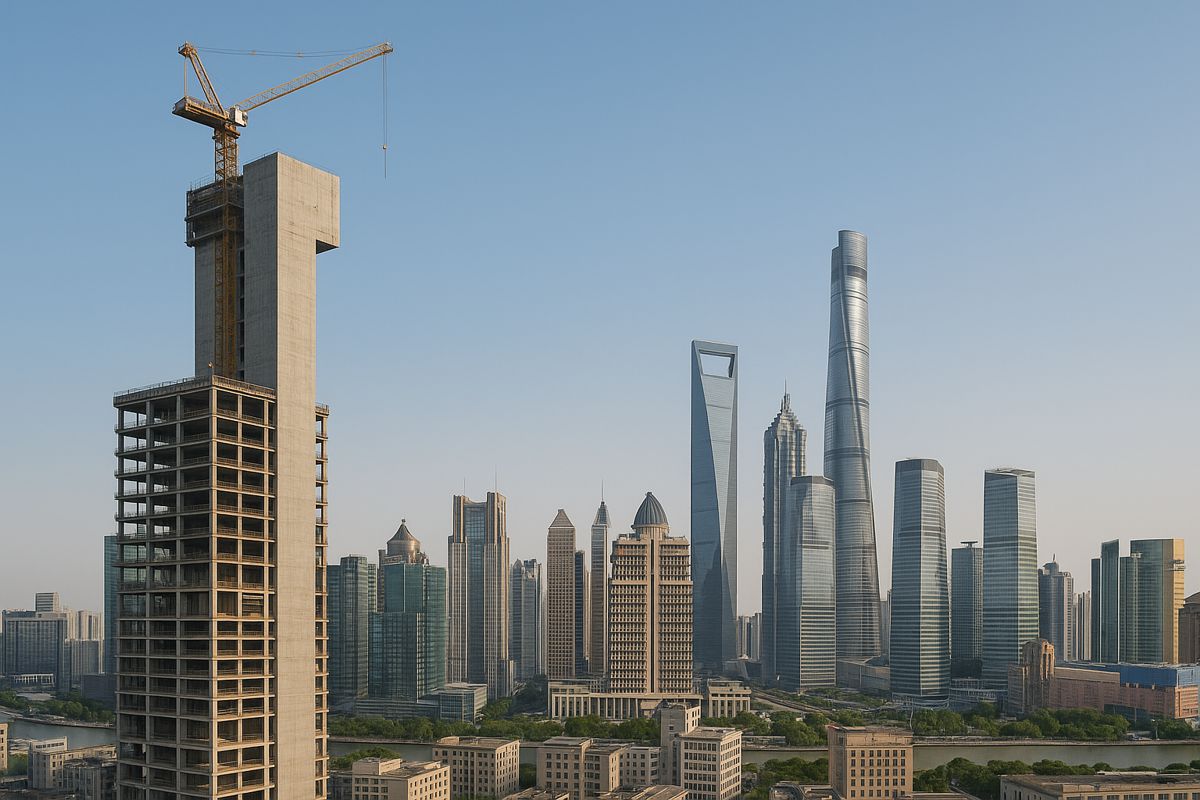Sustainable Cooling and Heating with Magnetocaloric Heat Pumps
The journey to a more sustainable future is gaining momentum, especially in the realm of heating and cooling technology.
Researchers at the U.S. Department of Energy’s Ames National Laboratory have achieved a breakthrough in magnetocaloric heat pump technology, a cutting-edge alternative to traditional systems. This development not only matches the performance, weight, and cost of conventional vapor-compression heat pumps but also offers significant environmental benefits, potentially revolutionising the way we heat and cool our spaces.
The Problem with Traditional Cooling and Heating
For over a century, vapor-compression technology has dominated the heating and cooling industry. While effective, it relies heavily on refrigerants that are major contributors to global carbon emissions. These refrigerants, when leaked, are not just harmful to the planet—they pose risks to human health as well.
The need for sustainable alternatives has never been more urgent. With global energy demands rising and climate change taking centre stage, researchers are under pressure to develop technologies that reduce environmental impact without compromising performance. Magnetocaloric heat pumps could be the answer we’ve been waiting for.
A Closer Look at Magnetocaloric Technology
Magnetocaloric heat pumps operate on a completely different principle from traditional systems. Instead of compressing refrigerants, they utilise magnetocaloric materials—substances that heat up when exposed to a magnetic field and cool down when the field is removed. By alternating magnetic fields and pumping fluid to transfer heat, these systems can efficiently regulate temperatures without emitting harmful refrigerants.
Julie Slaughter, the research team leader, explained their methodology: “We first looked at what is out there, and how close the existing magnetocaloric devices are to matching compressors. Next, we developed a baseline design and then asked, ‘Okay, now how far can we push the technology?’”
At the heart of the system are three critical components: permanent magnets, magnetocaloric materials, and magnetic steel. By optimising how these elements interact, the team managed to significantly improve the power density of their prototype.
Materials Matter: Gadolinium vs Lanthanum-Iron-Silicon
The team’s investigation involved two of the most commonly used magnetocaloric materials: gadolinium and lanthanum-iron-silicon-hydride (LaFeSi). Gadolinium, a single-element material, is simpler to use but offers moderate power density. In contrast, LaFeSi materials can achieve higher power densities, though they are less readily available and require a combination of materials for optimal performance.
Slaughter elaborated on their approach: “In our baseline device, we kept it simple by using a single material, gadolinium. Lanthanum-iron-silicon materials have a higher power capability than gadolinium. So, that naturally increases the power density. They’re just not as readily available and require multiple materials in one device to get good performance.”
By evaluating these materials and their performance in real-world conditions, the team provided valuable insights into how to make magnetocaloric heat pumps both efficient and scalable.
Overcoming Barriers to Adoption
One of the biggest challenges in developing new technologies is ensuring they’re competitive with existing solutions. For magnetocaloric heat pumps, this meant addressing weight, cost, and performance.
To reduce weight and cost, the team focused on minimising the amount of permanent magnet material and magnetic steel required. These components typically account for the majority of the system’s mass and expense. Remarkably, their design now matches the weight of many existing compressors, paving the way for cost parity in mass production.
Slaughter highlighted this achievement: “We were able to show that we are competitive with the power density of some of the compressors that are out there today. The permanent magnets and the magnetic steel make up most of the mass rather than the expensive magnetocaloric material, and that’s really helpful for affordability.”
Potential Environmental Impact
The environmental benefits of magnetocaloric heat pumps are profound. By eliminating the need for harmful refrigerants, these systems could significantly reduce greenhouse gas emissions. Additionally, their energy efficiency offers a more sustainable solution for heating and cooling, which account for a substantial portion of global energy consumption.
When scaled for widespread use, magnetocaloric heat pumps could play a pivotal role in achieving global climate goals. As industries and governments push for greener technologies, innovations like this one offer a glimpse into a cleaner, more sustainable future.
What’s Next for Magnetocaloric Heat Pumps?
The Ames National Laboratory team isn’t resting on their laurels. Their research, detailed in the paper Scalable and Compact Magnetocaloric Heat Pump Technology, serves as a blueprint for further advancements. By continuing to optimise materials and design, they aim to make magnetocaloric heat pumps a viable alternative to vapor-compression systems on a commercial scale.
Supported by the U.S. Department of Energy’s Office of Science, the laboratory is committed to solving global energy challenges through interdisciplinary collaboration and innovation. With projects like this, they’re proving that sustainable solutions are within reach.
Paving the Way for a Greener Future
Magnetocaloric heat pump technology stands at the forefront of sustainable innovation. By addressing the limitations of traditional systems and offering a cleaner, more efficient alternative, it promises to revolutionise the heating and cooling industry.
As Julie Slaughter and her team push the boundaries of what’s possible, their work underscores an important message: sustainability doesn’t have to come at the expense of performance or affordability. With ongoing research and development, the dream of a greener future may be closer than we think.
